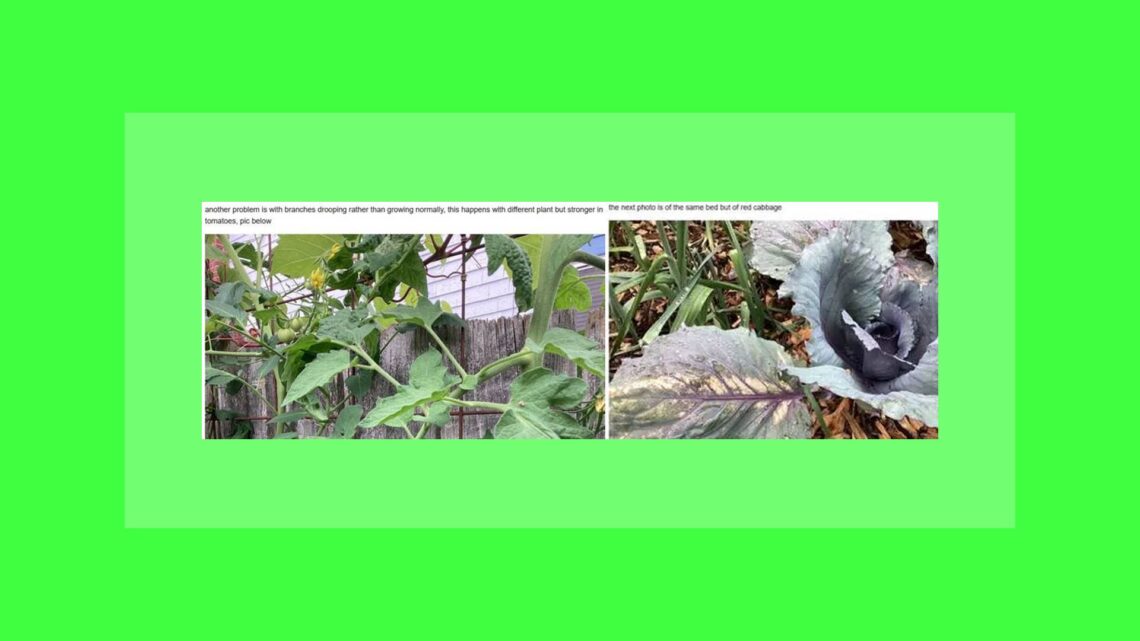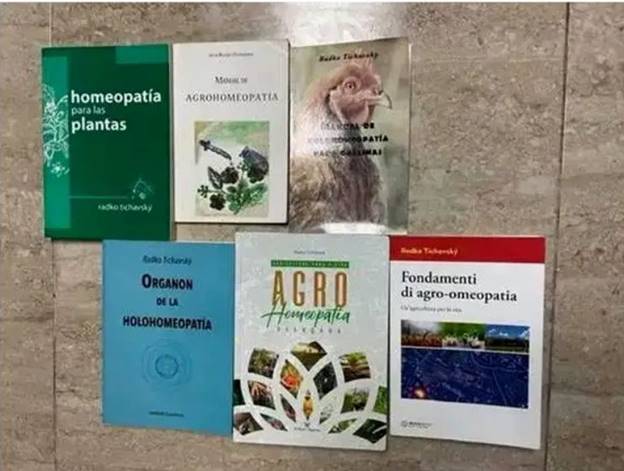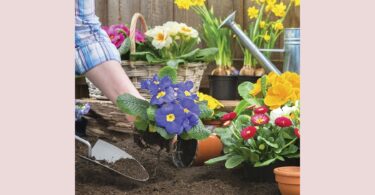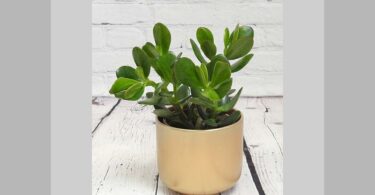Editor’s Note: “JT potency” (Jenichen / Tichavsky) is a centesimal dilution followed by 500 succussions or five hundred continuous turns with a wooden stick to the right and 500 turns to the left (if handling larger volumes). The JT potency frequently has a better reaction in plants and it is very important in preparation of live bionosodes.
Dear Dr. Tichavsky,
I live in northern California (Mendocino Zip 95460 ) and we try to grow narrowleaf milk weed (Asclepias fascicularis) for the Monarch butterflies, but we have a big problem with aphis (Aphis nerii) infestation. Last year I sprayed the soil at the end of the season with Sulphur 12C which seemed to help a bit but then we had no butterflies this year, not sure if that deterred them or it was just something else. We have a warm-summers and a Mediterranean climate.
Thank you,
Maria
Dr. Radko Tichavsky:
Dear María,
The problem with aphids (Aphis nerii) in your Asclepias fascicularis plantation, a vital plant for monarch butterflies (Danaus plexippus), is a common challenge in gardening and wildlife conservation. The use of Sulphur 12 CH might have caused the absence of the monarch butterfly as it is extremely sensitive to changes in its environment, and unusual odors or residues affect their behavior.
The butterfly can detect changes in odor in Asclepias from several kilometers away and considering that Asclepias is the only plant on which it lays eggs, it can also distinguish small traces of substances harmful to its eggs, like Sulphur, and avoid these plants. The monarch butterfly is attracted by various pheromones such as seneciphylline, senecionine, posmarinine, heliotrope, monocrotaline, and benzyl hexanoate.
To manage aphid infestation in a warm, Mediterranean climate and not interfere with the attractiveness of the plants for the monarch butterfly, it’s better to introduce natural aphid predators, such as ladybugs, green lacewings, or parasitoid wasps like Aphidius colemanii. These insects will help control the aphid population without interfering with the monarch butterflies.
Ensure that the Asclepias plants are not too moist or over-fertilized, especially avoid nitrogenous fertilizers (synthetic or derived from animal excrement, or composts rich in nitrogen) as excess nitrogen promotes aphid proliferation. Incorporate other plants that attract natural enemies of aphids. This will establish a balance between aphids and their predators.
For aphid control, you can use a homeopathic preparation made from the alcoholic TM of Clarkia breweri, a common annual plant in California (this contains benzyl hexanoate which has anti-aphid compounds and also attracts the monarch butterfly). The mother tincture is prepared from flowers or leaves and is dynamizated to 6 JT potency.
You can also apply Crotalaria sp. or Senecio sp. at 6 JT potency, both plants contain senecionine, a pyrrolizidine alkaloid that attracts monarch butterflies and inhibits aphids.
Dear Radko,
Thank you for the continued sharing of your knowledge. I read with great interest a reply you gave regarding Xylella and olive trees a while ago. In the answer you mentioned the role of a bacillus found in the roots of common ivy that could combat the spread. Would the ideal be to grow ivy around the olive trees and let the beneficial connections happen this way or would we be better to make a preparation to be applied (or both !).
Kind regards
James
Dr. Radko Tichavsky:
Dear James,
What is recommended here is to make a live bionosode of the roots of Hedera helix, to inoculate Bacillus amyloliquefasciens (the entire preparation is done in non-chlorinated water), but I definitely do not recommend the establishment of the plant (Hedera helix) in the olive grove cultivation, since this plant is highly invasive and weakens olive trees.
Dear Dr. Tichavsky,
Can you suggest how to get rid of ants in my organic vegetable garden? I have a huge infestation of giant black ants, approximately 15mm long. It is now a problem to walk there as they attack and bite. I think they may be a huge colony of Megaponera analis (Matabele ant). We live in Sioux City zip code: 51105. Summers are long, warm, and humid. Winters are freezing, snowy, and windy.
Thank you
Annabelle
Dr. Radko Tichavsky:
Dear Anabelle,
The ants you describe could be from the family Pogonomyrmex spp. (Harvester Ants) which are known for their painful bites and aggressive behavior, especially near their nests. It would be very unusual to find Matabele analis in your garden since it is an ant from the sub-Saharan area that feeds on termites.
Pogonomyrmex spp. are known for their nests, cone-shaped mounds with a radial pattern extending from the central entrance. These ants can be quite large compared to other ant species, some reaching up to 12 mm in length.
They are also known for their biting ability and some species also have a sting at the same time, which causes a lot of pain and allergic reactions in the human body.
Pogonomyrmex californicus are the larger and blacker species, common in California (P. californicus, P. subnitidus and P. occidentalis) and are probably the ant species in your garden. To know for sure you would need to have an entomologist determine the taxonomy.
Assuming it is Pogonomyrmex californicus, this is a seed-collecting species in your garden, so their availability increases the attractiveness for this ant. To repel the ants you can use a homeopathic preparation of essential oils of Mint (Mentha spp.), Lavender (Lavandula spp.), Thyme (Thymus spp.) and Rosemary (Rosmarinus spp.) in 3c potency.
You can also plant these plants, in addition to basil (Ocimum basilicum) around your garden or around the ant colonies. This can help keep them away from human traffic areas. You can also use Borax 6 CH for their control.
Having ducks in your garden can be helpful. Ducks are generally very active in controlling ants and the way they eat them avoids getting bitten by Pogonomyrmex ants. Ducks will forage for insects like ants in the garden and consume them whole, reducing the ant population without risking bites for yourself.
Hello Dr. Tichavsky,
Is there some way to get rid of fungus gnats, that are in my seedlings outside? We live in San Francisco California (zipcode: 94105) It has a mediterranean-type climate, characterized by mild, wet winters and warm, dry summers.
Thank you
Christine
Dr. Radko Tichavsky:
Dear Cristine,
Fungus gnats belong to the family Sciaridae. Within this family, the most common genera associated with plants are Bradysia and Lycoriella. These species are usually a nuisance due to their larvae, which feed on organic matter and plant roots in moist soils.
The most effective method for eliminating fungus gnats is to reduce their food source: fungi. The first step is to decrease soil moisture by allowing the soil to dry out between waterings, and the second step is to apply homeopathic remedies that combine antifungal metabolites and insecticides such as Cinnamomum verum. A 3 JT preparation is made from the essential oil.
To kill larvae and adults on contact, hydrogen peroxide can be used at a 3 JT potency prepared in water. You can combine both homeopathic preparations and apply them at the same time.
Dear Dr. Tichavsky,
I’m growing cucumbers indoors. They aren’t producing any male flowers. There are plenty of females with fruiting flowers, but absolutely no male flowers, so I cannot hand pollinate. Any suggestions?
Thank you
William Baxter
Dr. Radko Tichavsky:
Dear William,
The presence of male and female flowers in cucumbers depends on several factors: the cucumber hybrid used, as some hybrids tend to produce more female flowers than male. Especially in indoor cucumber production the amount of light available to the plant influences (6-8 hours of daylight).
In case of insufficient light, you should supplement it with sodium lamps. Temperature also influences and should be stable between 21 and 24 degrees Celsius. Regarding hormonal factors, ethylene influences the amount of male and female flowers in cucumbers.
Ethylene is produced by the plant itself and increases with mechanical stress, such as bending or cutting plants, which induces ethylene production. Pruning some leaves stimulates ethylene production in cucumbers. This is because tissue damage stimulates ethylene synthesis as part of the plant’s stress response.
Stress from drought or excessive watering also increases ethylene production in cucumber plants. Auxins influence ethylene synthesis and its application to the plant increases. You can germinate a few wheat seeds and when the sprouts reach 5 centimeters, blend them in non-chlorinated water in a blender.
Then elaborate the dynamization at 3 JT potency and apply in spray over the plants. Application of Kalium phosphoricum 6 CH also increases flowering in general and helps the growth effect of male flowers to occur more quickly with auxins together with the homeopathic Kalium phosphoricum preparation.
BOOKS ON HOLOHOMEOPATHY
Many readers asked about Dr. Radko Tichavsky’s books. Below is a photo of them. They are available in Spanish, Italian and Portuguese. For ordering or information: [email protected]
New Video from Dr. Radko Tichavsky!
In this video, renowned Agrohomeopath Dr. Radko Tichavsky explains Holohomeopathy, the more advanced method of agrohomeopathy: https://youtu.be/GUUoO6Lt-U8 (English subtitles)






